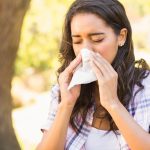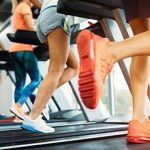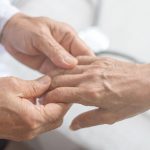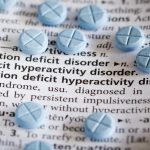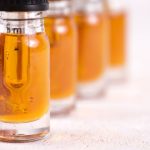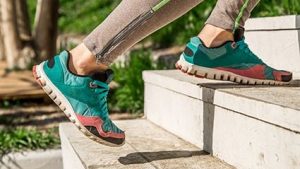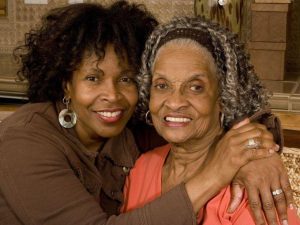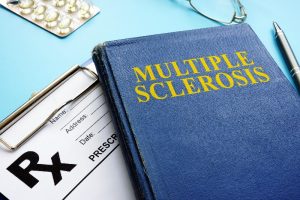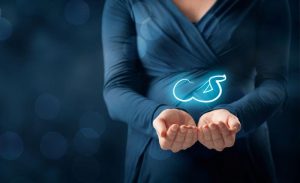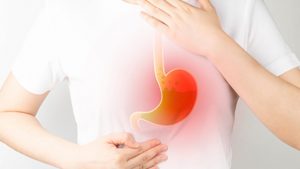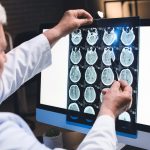
While the neurological impact of a traumatic brain injury (TBI) has long been studied, new research suggests TBIs are also hard on the heart. The research team took a closer look at connections between the two organs, finding that nervous system dysfunction, neuro-inflammation, changes in the brain-gut connection and post-injury health issues may increase risk of both cardiovascular and cognitive (brain) dysfunction for TBI survivors. Screening and preventive care may help offset these adverse outcomes, the researchers added. “Despite decades of extensive traumatic brain injury-focused research, surprisingly, there has been minimal progress in mitigating long-term outcomes and [death] following injuries. The cardiovascular effects of TBI may be a missing link in advancing our efforts to improve long-term quality of life and reducing [death] rates in TBI patients,” said first study author Dr. Saef Izzy, of the Stroke and Cerebrovascular Center of Brigham and Women’s Hospital, in Boston. “We have the opportunity to identify and improve targeted screening for high-risk populations, build preventative care strategies and improve outcomes for survivors of TBI,” he added in a hospital news release. TBI is a leading cause of long-term disability and premature death, especially among military personnel and those playing contact sports. While existing research has identified a strong link between TBI and various neurological conditions — including Alzheimer’s disease and dementia — much of its effect on other… read on > read on >










